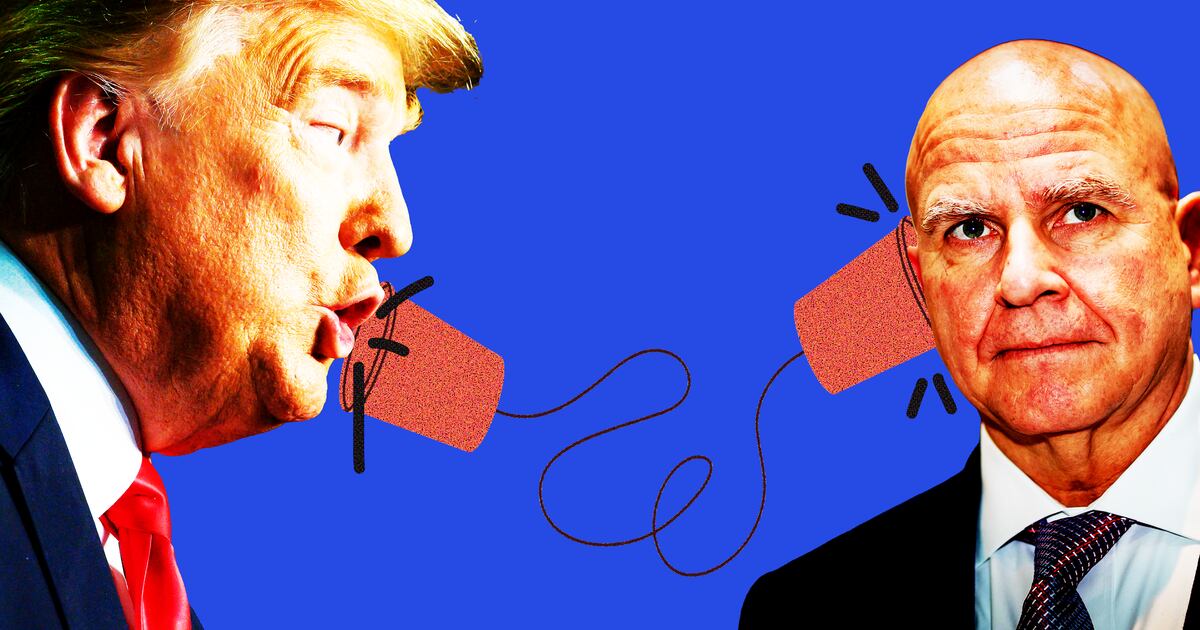Food stamps have become a harsh political battleground. But the timing of the latest congressional squabbling may be a little off.

For the last 40 years, food stamps, which provide financial assistance for low-income individuals to purchase food, have been bound up with agricultural supports in massive farm bills. Under this long-running bargain, coastal, urban liberals and representatives who represented rural farm districts passed laws that supported producers and food purchasers. But last week that entente was ripped asunder by House Republicans, who passed a measure that largely continues agricultural subsidies, but are promising to pass a law that sharply cuts food-stamp spending.
For Republicans, the program, an ongoing stimulus for the grocery industry, has become a symbol. Usage has soared in recent years even as the economy has been growing, and the number of recipients topped 47 million last year. Former representative Newt Gingrich loved to tar President Obama with this data point, calling him the “most effective food-stamp president in history.”
There are a few things you should know about the politics of food stamps—and that no House GOP member will tell you. First, the only time food-stamp usage fell in recent memory was under a Democrat. Second, food stamps, by design, rose massively during a period of economic expansion presided over by a Republican president. Third, even as the debate heats up, the number of people receiving the benefit has started to fall. It’s hard to see turning points in real time, but it’s quite likely we have already hit peak food stamps in this country.
Go look at the annual data. During the presidency of Bill Clinton, as the economy expanded and wages rose, the number of people on food stamps fell for six straight years, from 27.47 million in 1994 to 17.318 million in 2001—a decline of 37 percent.
But then things changed starting. As The Wall Street Journal noted, “The food-stamp boom began with the George W. Bush Republicans, who expanded benefits in the appalling 2002 farm bill.” With the complicity of Democrats and Republicans in Congress, Bush presided over a massive expansion of the program. The 2002 farm bill expanded eligibility to certain noncitizens, and the 2008 farm bill, passed over Bush’s veto, added more benefits. The upshot: between 2001 and 2009, the number of people on food stamps rose from 17.318 million to 33.49 million, an increase of 93.4 percent. The total annual costs of the program tripled between 2001 and 2009, from $17.8 billion to $53.6 billion. It may turn out that George W. Bush was the most effective food-stamp president.
The number of recipients has indeed risen sharply since President Obama took office. It rose during the recession of 2008–09, and it has continued to rise even after the economy began to add jobs again in early 2010. The number of recipients soared from 33.49 million in 2009 to 46.6 million in 2012, an increase of 13.11 million, or 39 percent in three years. That’s dramatic. Program costs rose from $53.6 billion in 2009 to $78.436 billion in 2012, an increase of 46 percent.
Of course, the growth has less to do with policy changes and more to do with structural changes in the U.S. economy, particularly the stubborn resistance of American companies to pay decent wages. In this expansion, which has now entered its fifth year, gains are flowing disproportionately to corporations and the wealthy. Starting in early 2010, this ceased to be a jobless recovery. But it has largely been a raiseless and wageless recovery. Median wages in the U.S. in 2012 were below their level of 2009, which explains why people at the lower rungs of the income ladder are struggling to pay for life’s necessities, especially food, which gets a little more expensive each year. As Timothy Noah has noted on MSNBC.com, most people on food stamps have jobs. Their employers simply aren’t paying them enough to render them ineligible for food stamps.
And yet. Something finally seems to be changing in the past year. The labor market, while far from healthy, is healing. Fewer people are getting fired, the ratio of job seekers to job openings has declined to 3.1:1, average weekly earnings have actually risen 2.1 percent in the past 12 months, and the economy is adding close to 200,000 jobs per month. Compared with a year ago, about 2 million more people are working at slightly higher wages. At the margins, that means more people are able to pay for the necessities of life with their incomes. And this improvement is starting to show in the monthly food-stamps data, which you can see here and in the chart below.

Last year, the rate of growth for food stamps slowed. Over the course of fiscal 2011, which ran from October 2010 to September 2011, 3 million recipients were added to the program; in fiscal 2012, which ran from October 2011 to September 2012, 1.46 million people were added to the food-stamp rolls. That’s a decline of 50 percent. In this fiscal year, it looks like the number of total recipients may decline. The number of recipients has fallen from 47.71 million in September 2012 to 47.548 million in April 2013. In April the rolls shrank by 176,000 from March. That’s a small amount on a very large base, and the number moves around.
It’s always difficult to identify inflection points. But this is the first seven-month period in recent memory in which the number of food-stamp recipients actually fell.
These miniscule declines should not provide fodder for people who want to gut the program. Food security is a significant issue for tens of millions of Americans. And given the epic amount of deficit reduction we’ve had in the past 12 months, it seems sadistic to try to save a few billion by further embittering the lives of the working poor.
Still, it’s worth noting. Persistent growth is a miracle cure for deficits. It can also be a miracle cure for runaway entitlement programs.





